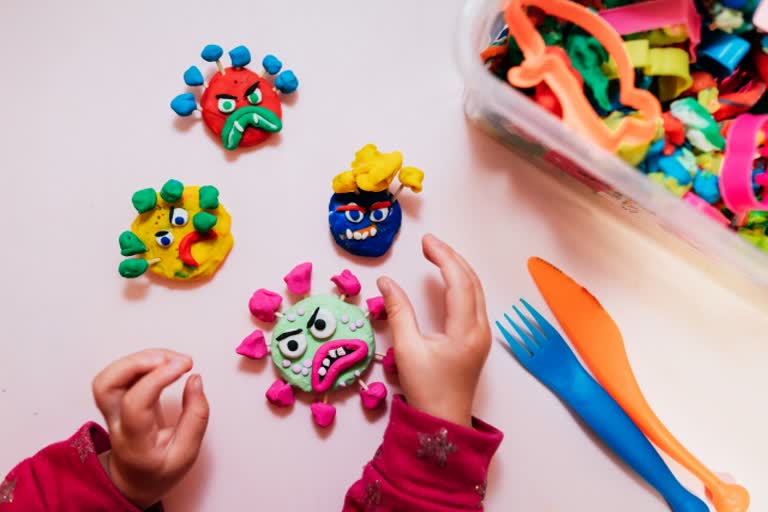Recognizing COVID-19 symptoms early in kids and providing prompt medical care becomes very important. ETV Bharat Sukhibhava spoke to Dr. Vijayanand Jamalpuri, Consultant Neonatal Pediatrician at Rainbow Hospital, Hyderabad.
How common is the COVID-19 infection in children?
-We do not know the exact figures because the majority of the studies across the globe did not test the asymptomatic children. However, we do know that COVID-19 can affect a newborn to a teenager anyone up to 18 years; i.e; the entire range in pediatric practice across the world.
As compared to adults, in what way does COVID-19 illness manifest differently in kids?
-Data emerging from studies done in the UK, US, and China is that; 2% of the COVID-19 cases are kids, which is a minor proportion as compared to the expanse of the disease. The number of kids getting admitted with symptoms of COVID-19 is around 5% and the severity of the illness is mild to moderate, not very severe. Having said that over the last 6 weeks or so, there is a condition which evolved, experts say due to COVID-19 is a “Pediatric multi-system inflammatory syndrome” where different organs of the body are inflamed, where your own body immunity flares up and affects all the organs of the body but again the proportion of children affected is less. But the incidence of this severe illness is not common; 1 in 1000 infected children.
What are the symptoms you would see in children and when should a parent think of seeing a doctor?
-Fever is the most common one followed by cough and headache. Headache is less common (maybe 1 in 4 children coming with COVID-19 symptoms have a headache). Unlike adults, sore throat is not so common in children. Secondly, the difficulty with young kids’ especially pre-school children is that they cannot say they have a sore throat, they just cry incessantly or do not take feeds or struggle to swallow the feed, and they drool (excess saliva).
Another symptom is body pain, an older child would be able to tell you but a very young child will restrict his activity (movement) or cry. Other presentations were vomiting and diarrhoea.
Breathlessness is not a common presentation. Significant decrease in the activity of the child or something different from the usual pattern. It could mean a child refusing to get up, move. Usually, a child with a fever has a little decrease in activity but this is more pronounced.
Making parents aware of these symptoms would ensure that every child gets timely medical attention.



